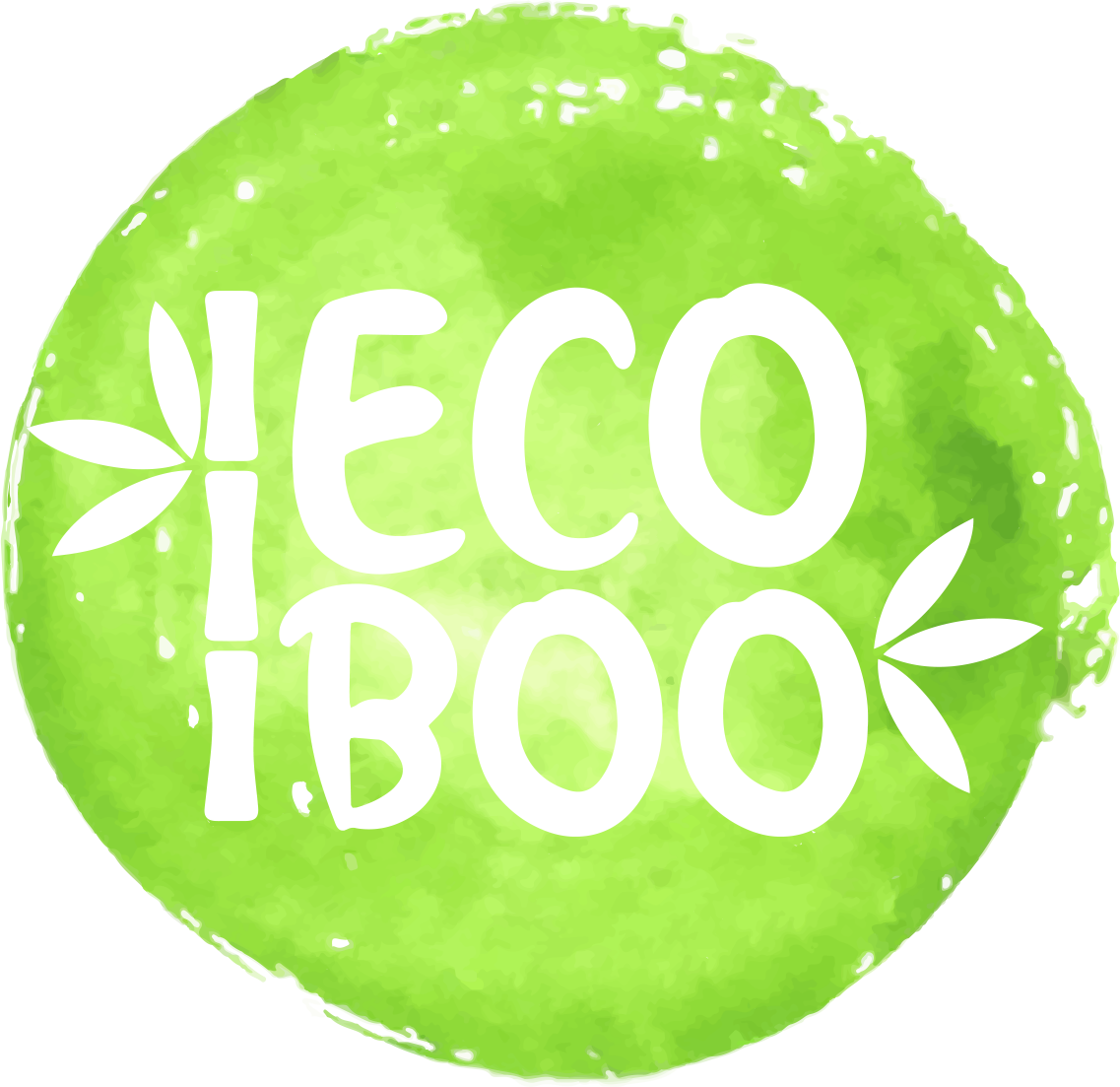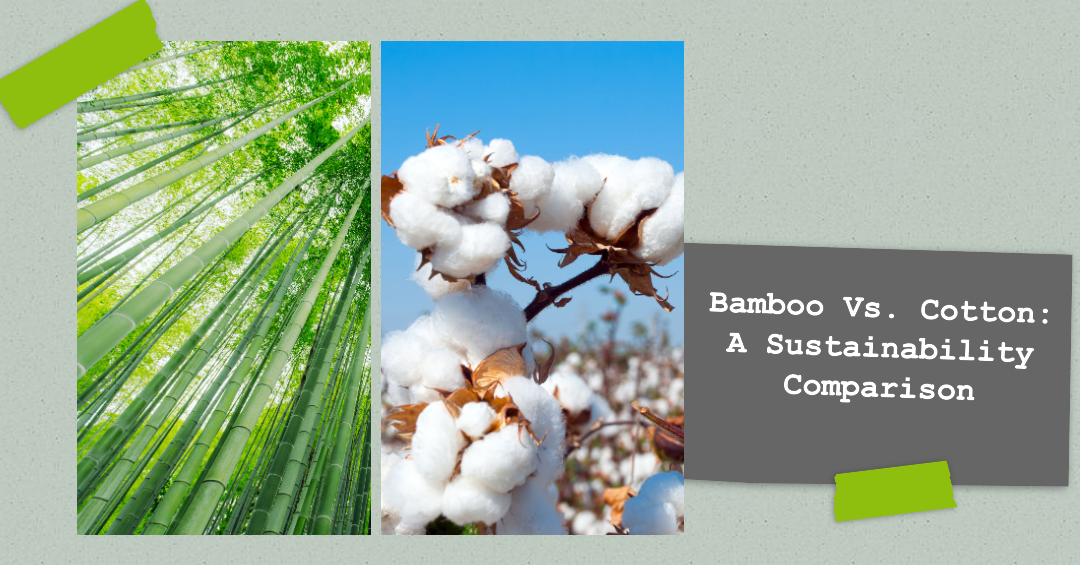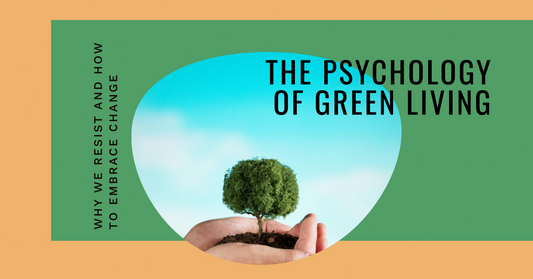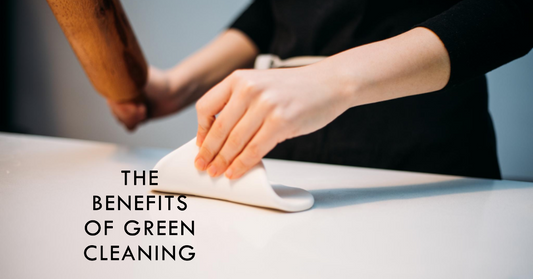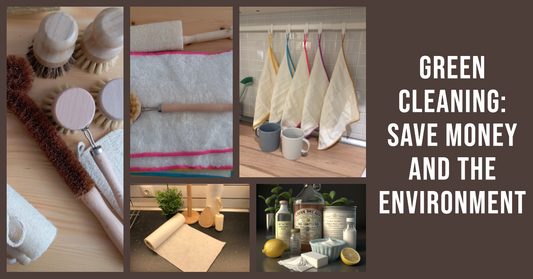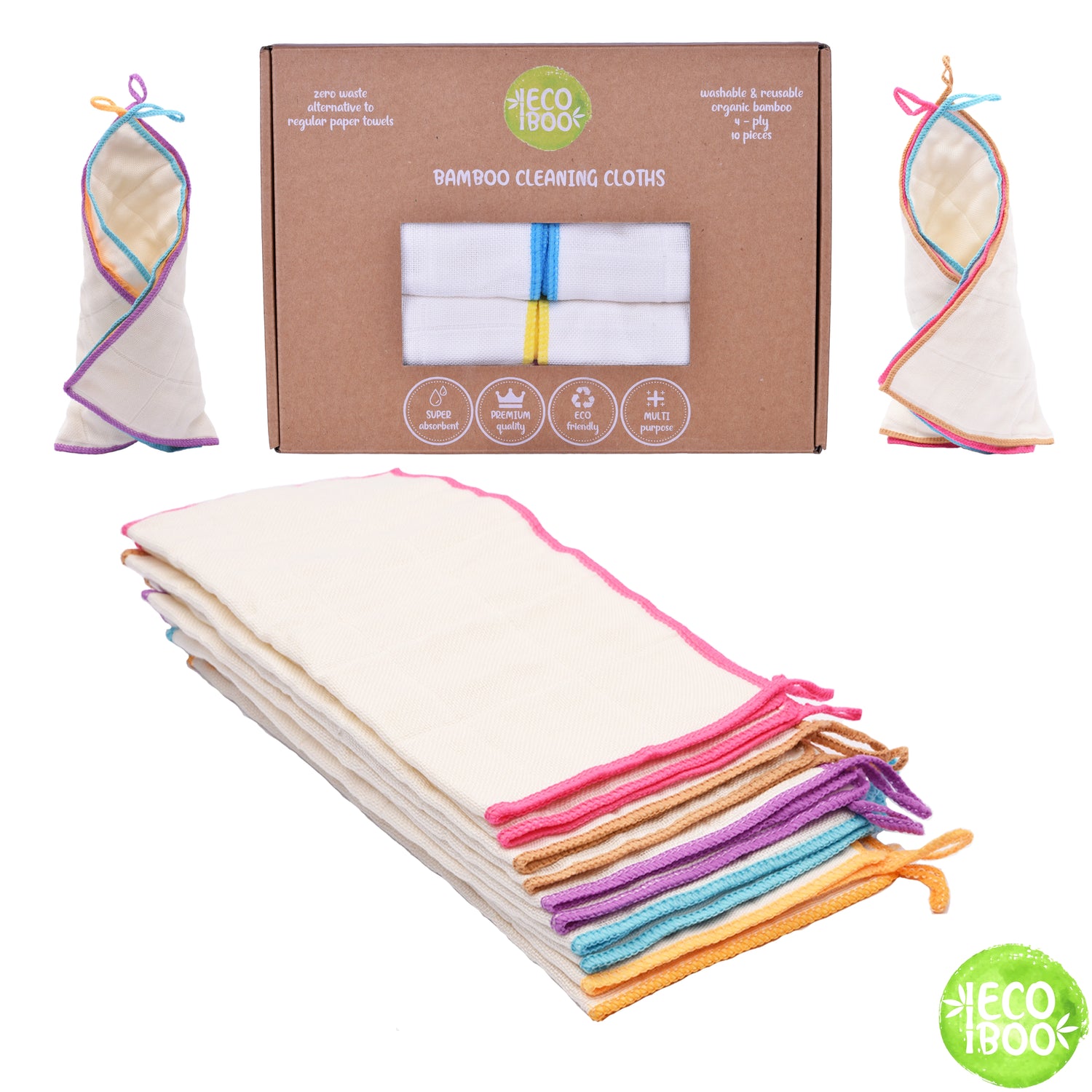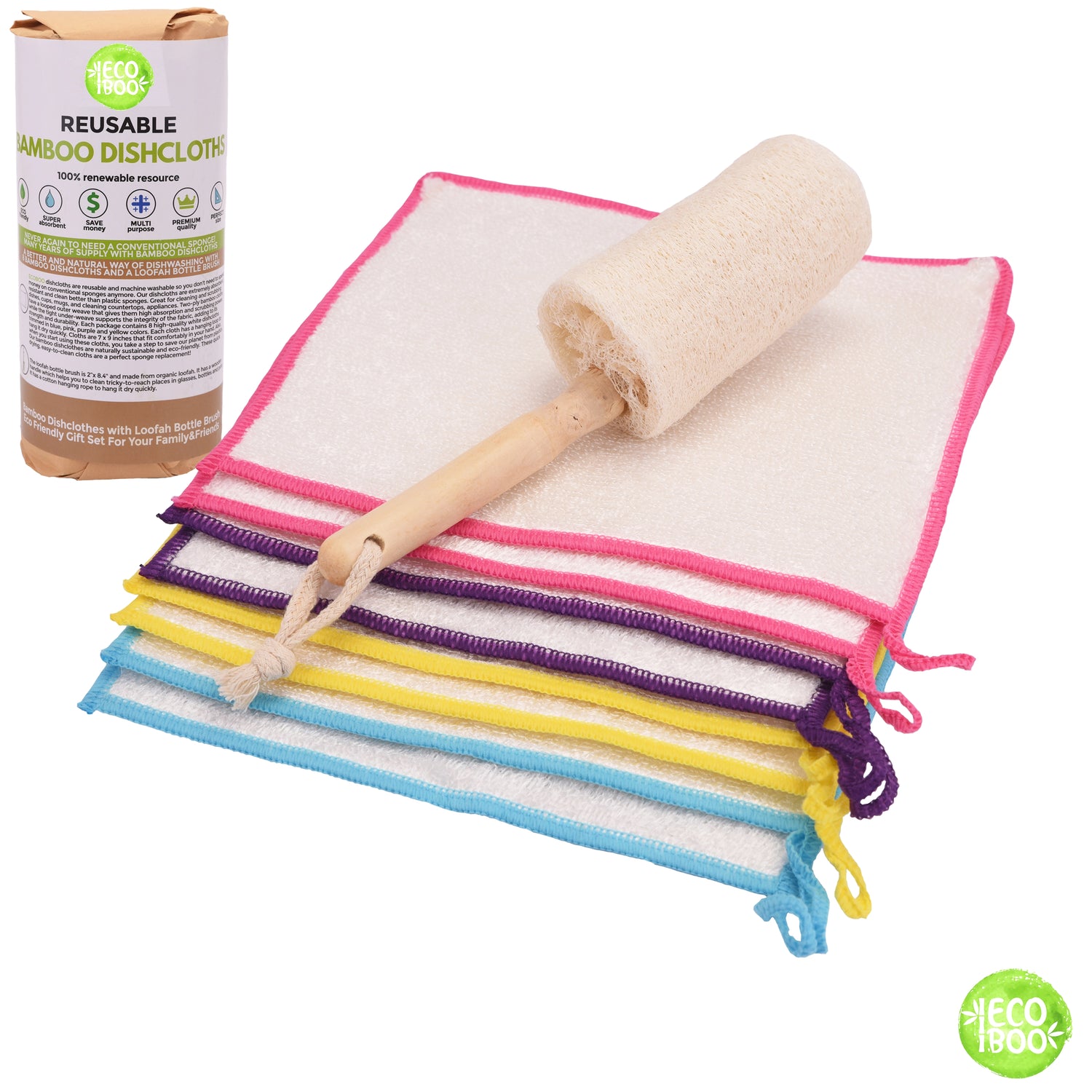I. Introduction
In recent years, the global push for sustainable living has magnified, making the choices we make in our daily lives even more critical.
One of the areas experiencing a notable shift is the textile industry.
As the demand for eco-friendly alternatives rises, the industry has been exploring sustainable materials to replace or work alongside traditional ones.
Two such materials leading the race in the world of textiles are Bamboo and Cotton.
This article delves into the depths of these natural fibers, examining their history, cultivation, and environmental impacts to better inform your choices.
II. History and Origin
Bamboo has been a part of human history for thousands of years, with its first recorded use in China dating back to the Shang Dynasty.
Initially used as a building material, its flexibility, strength, and resilience soon made it a preferred choice for various applications, from food sources to crafting musical instruments.
Cotton, on the other hand, has its roots in ancient civilizations across the globe, from the Indus Valley to Egypt and the Americas.
As a textile, cotton has been spun, woven, and dyed for over 5,000 years, earning its place as one of the most widely used natural fibers in the world.
III. Growth and Agriculture

Bamboo is a fast-growing grass, often reaching full height in just a few months.
It thrives without the need for pesticides or herbicides, mainly because it possesses a natural bio-agent,
Bamboo Kun, that wards off pests.
Harvesting bamboo doesn't kill the plant; instead, it continues growing, ready for the next harvest in just a few years.
Additionally, bamboo requires minimal water, making it a drought-resistant choice.
Cotton cultivation is a more intensive process.
Cotton plants require a lot of water, and they're also more vulnerable to pests, often demanding pesticides for protection.
This has led to the rise of organic cotton farming, which avoids synthetic pesticides, but water usage remains high.
Cotton's land requirement is substantial, often leading to monoculture practices that can deplete soil nutrients over time.
IV. Environmental Impact
Bamboo's carbon footprint is relatively low.
Its rapid growth rate allows it to absorb a significant amount of carbon dioxide from the atmosphere.
Plus, its minimal requirements for chemicals and its ability to grow in depleted or marginalized soils make it a boon for some ecosystems.
Cotton, while being a natural fiber, has its challenges. Its high water usage—especially in areas where water is scarce—is a primary concern.
In terms of carbon footprint, while organic cotton does have a lesser impact than its conventionally grown counterpart, the energy and water-intensive processes, combined with the potential use of synthetic pesticides, raise environmental concerns.
Moreover, monoculture cotton farming can disrupt local biodiversity and affect soil health.
V. Product Longevity and Durability

Bamboo products, owing to the natural strength and resilience of the material, often last for an extended period when maintained correctly.
Bamboo textiles, such as bed linens and towels, have a soft and luxurious feel that can remain intact for years with proper care.
However, over time, and especially with exposure to harsh chemicals, they might lose some of their initial sheen.
Cotton, a staple in the textile world, is known for its durability.
High-quality cotton textiles can last for years and even decades if taken care of properly.
While they might not have the initial softness of bamboo, they often become softer with each wash.
For both materials, gentle washing, avoiding high temperatures, and refraining from harsh chemicals can significantly extend the product's lifespan.
VI. Biodegradability and Recycling
Both bamboo and cotton are natural materials, and thus, they are biodegradable. In compostable conditions, bamboo can degrade faster than cotton, sometimes in as little as a few months, depending on the product.
Cotton products, especially those without synthetic blends, can take several months to a few years to decompose fully.
Biodegradability ensures that when these products reach the end of their lifespan, they return to the earth without leaving lasting waste.
As for recyclability, bamboo, and cotton textiles can be recycled, though cotton recycling is more widespread, often repurposed into new clothing items, rags, or insulation materials.
VII. Textile Production and Chemical Usage

Turning bamboo into fabric often involves a process where the wood of the bamboo plant is dissolved in a solvent, producing bamboo viscose or rayon.
This process, unfortunately, involves chemicals, some of which can be harmful to the environment if not managed correctly.
Cotton textile production, especially for non-organic cotton, can involve a series of chemical treatments—from pesticides during growth to dyes and finishing agents during manufacturing.
Organic cotton, however, uses fewer chemicals, leaning on natural and less harmful alternatives.
VIII. Socioeconomic Considerations
Both bamboo and cotton industries are crucial employers in many parts of the world.
However, the cotton industry has often come under scrutiny for labor rights violations, especially in countries where regulations are lax.
Child labor, low wages, and unsafe working conditions have been reported in several cotton-producing regions.
The bamboo industry, being newer, does not have the historical weight of such issues, but it's not without its challenges.
As with any booming industry, there's a risk of overlooking workers' rights in the rush for profit.
From an economic standpoint, both industries play vital roles in their respective communities.
Cotton, being a more established industry, has a more defined economic impact, while bamboo's influence is still unfolding as it becomes more mainstream.
IX. Product Variability
The versatility of both bamboo and cotton has made them popular choices in the textile industry.
Bamboo is not just limited to structural uses; it's now being incorporated into a variety of products.
From luxurious bed sheets to soft towels, reusable paper towels, and even breathable clothing, bamboo has carved its niche in the textile world.
Bamboo’s natural antibacterial and antifungal properties make it a popular choice for personal care items as well, such as socks and undergarments.
Cotton, on the other hand, has been a staple in textile production for centuries.
Its diversity is evident in the myriad of products available: from denim jeans to t-shirts, bed linens, and even home decor.
The adaptability of cotton is one of its strong suits, allowing it to cater to a broad spectrum of consumer needs.
X. Consumer Experience

When it comes to bamboo textiles, many consumers rave about their softness.
Often compared to the feel of cashmere or silk, bamboo offers a luxurious touch that’s hard to match.
Moreover, its breathability is a boon for those living in warmer climates, providing cooling comfort.
Cotton is familiar and reliable.
Its texture can vary based on the weave and finish, but overall, it's known for breathability and comfort.
Over time, certain cotton products, like flannel, become softer and cozier with each wash.
From a price perspective, high-quality bamboo products might come with a slightly heftier price tag compared to conventional cotton.
However, with the rise of organic cotton, which involves more sustainable farming practices, the price gap is narrowing.
XI. The Future of Bamboo and Cotton
The textile industry is evolving rapidly, with technology playing a pivotal role.
For bamboo, researchers are working on more environmentally-friendly methods of processing, reducing the reliance on chemicals.
The hope is to harness the sustainability of bamboo from growth to final product.
Cotton is seeing a shift towards more organic farming, reducing the use of pesticides and promoting soil health.
Genetic modifications and innovative farming techniques are also being explored to reduce water usage and enhance cotton's natural properties.
Environmental stewardship is becoming central to both industries, with an increased focus on sustainable farming, fair labor practices, and reduced waste.
XII. Conclusion
Both bamboo and cotton have their distinct advantages and challenges.
While bamboo offers a soft, luxurious feel and rapid growth without the need for pesticides, its processing can be chemical-intensive.
Cotton, deeply rooted in our history, provides versatility and familiarity, but its cultivation can be resource-intensive.
As consumers, it's essential to stay informed.
Recognizing the impact of our purchases not only on our immediate comfort but also on the environment is vital.
As we move forward, let's make choices that favor both our comfort and the planet's well-being, ensuring a greener future for generations to come.
In our journey towards sustainability, every choice and every product counts.
Take, for instance, the Ecoboo bamboo cleaning cloths.
A blend of innovation and environmental consciousness, these towels symbolize the direction the textile industry is headed.
Made primarily from bamboo, they offer the strength and absorbency of conventional paper towels but with the added benefit of reusability.
Such products underscore the potential of bamboo as a sustainable resource and emphasize the need for consumers to shift their buying patterns.
By opting for products like Ecoboo, we're not just making an eco-friendly choice, but we're also investing in the future of sustainable living.
